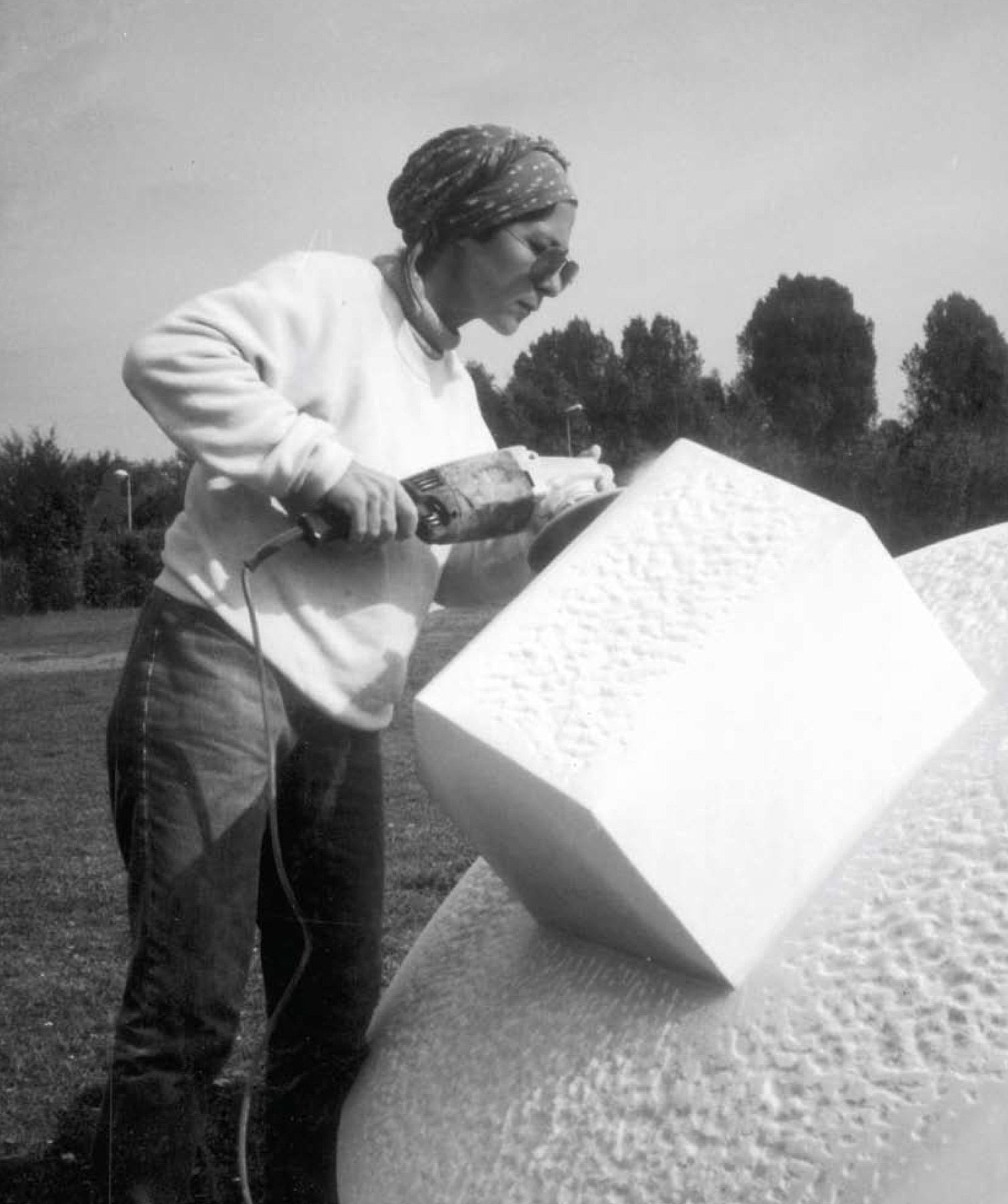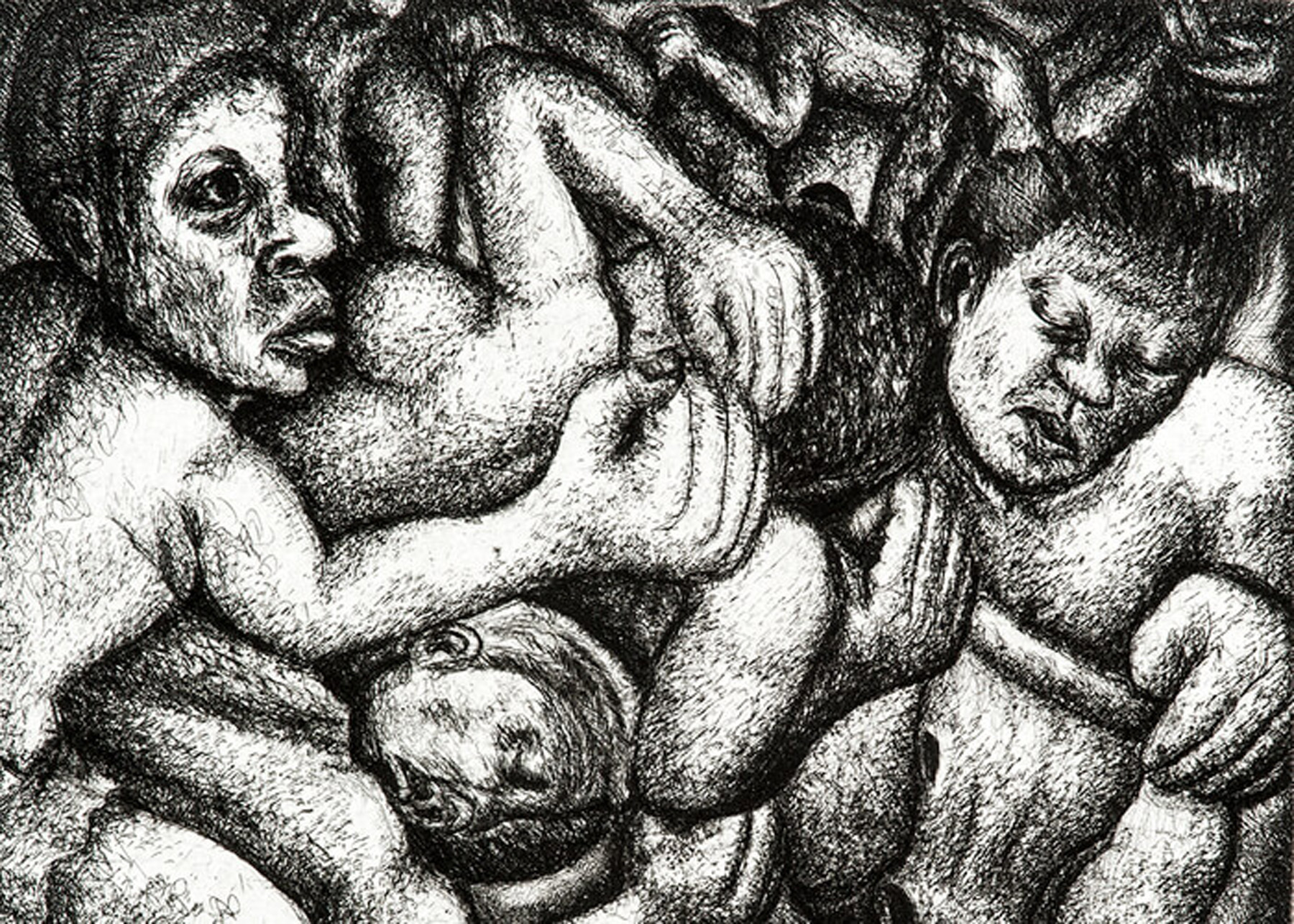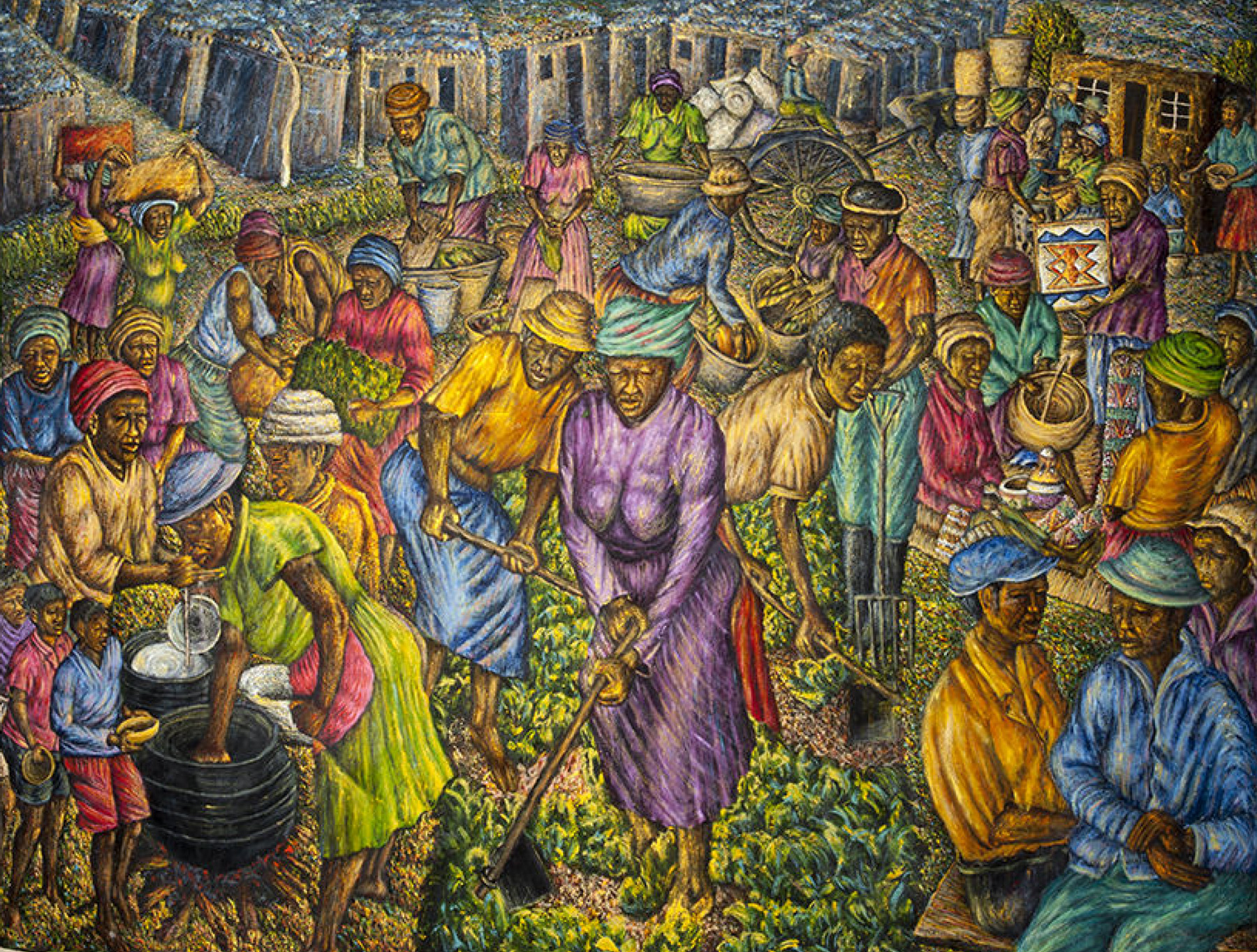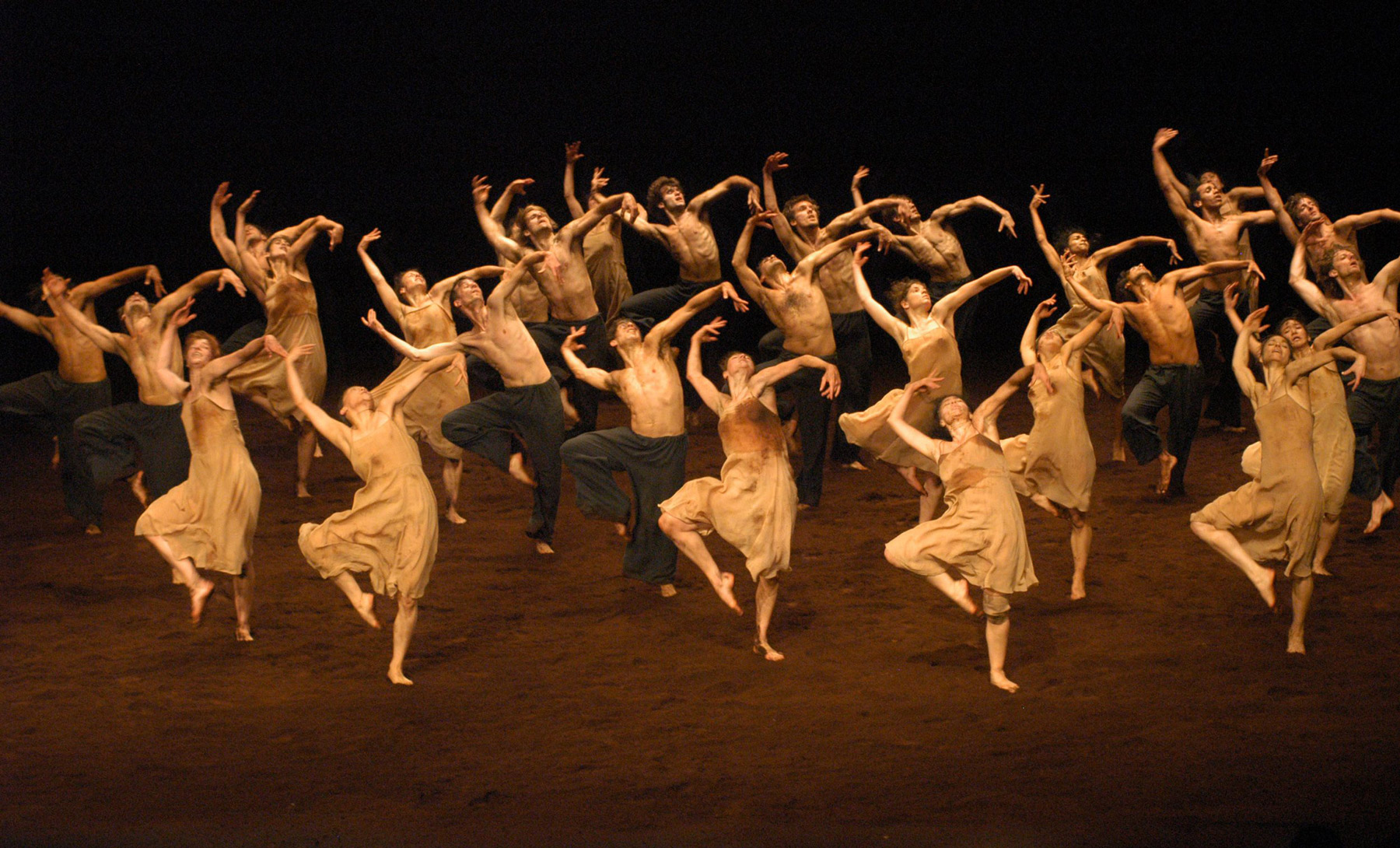Raising a hand for International Women’s Day 2021
Our talented team of women talk about the women who inspire them as we celebrate the social, economic, cultural & political achievements of women for International Women’s Day.
We asked which female inspired them and where they would visit for their lockdown walk with that woman.
Day 1 Loretta Gentilini, Associate Architect
The seed was planted in my eleven-year-old head, by my wonderful DT teacher Miss Bonoro, who told us time and again that girls could do – and be – whatever we wanted. At the time D.T. was taught for boys with girls expected to step into the Home Economics classes for needlepoint & baking.
Miss Bonoro, our tiny, spirited middle-aged teacher, set us girls up with an architectural project involving a brief, drawings and model. We even made some concrete. My seventies-brown patio house with plasticine steppingstones came out very well.
Audio adaptations followed: I rewrote Saint-Exupéry, and became the Little Prince, accompanied by a selected Mozart soundtrack. What fun! By now, we were storming out to our lessons too – just like the boys.
I lost touch with her: by now, I guess she has joined the Little Prince on his intergalactic adventures. But was she to land in my front garden I would take her for a lockdown walk to Central Square in the Hampstead Suburb, for a sunset G&T under a sky full of Lutyens – and say thank you? I am sure she would like that.
Day 2 Olympia Katsarou
My inspiration came from my matriarchal upbringing in Greece, where life developed around a table where artisan cooking, embroidery, story-telling and decision making was taking place. This ceremonial, celebration of everyday life allowed me to follow any career path, unaware of the difficulties and without preconceptions of gender.
I was given a glimpse of the world I was yet to explore when I visited an exhibition in Athens of a local artist, Ioanna Filippidou, a sculptor and poet, who worked on marble constructions and exhibited in countries across Europe. She represented femininity in a powerful manner, mastering grandiose materials like marble, steel and granite, by intensely compressing and contracting forms into fluid and dynamic three-dimensional shapes, resembling human figures.
Our lockdown walk would be in a rural setting of Ioanna’s choice where I would observe and assist her setting up a landscape of natural materials that we would collect, to get a glimpse of her working progress.
Day 3 Azraa Rawoot, Urban Designer
My inspiration comes from Helen Sebidi, an artist I learnt about during my teenage years. Her work celebrated culture, tradition and community in a way that so uniquely reflected her surroundings. It helped me to learn something more about what it means to be a South African.
Her way of subtly expressing her experiences and the lives of many other black South Africans, through symbology, colour and intense emotion outlined some of the work needed to undo the past, but in a way that was drenched in hope and the promise of a better future.
As an architect or spatial planner, I could work towards equality in cities, creating dignified public space and plan for the basic needs of previously underserved communities, something which married creativity with important goals. All of this was inspired by one powerful woman’s talent for visualising so captivatingly, her life’s experiences.
Our lockdown walk would be walking through parts of Johannesburg that has seen the most radical spatial transformation. To see and experience the spaces in the city in which spatial justice has been realised and a new nation was unfolding.
Day 4 Karen Henderson, Practice Manager
I would choose Pina Bausch, I thought about her lots when I ran my art practice and was producing work. She was a dancer and choreographer who led her own company, ‘Tanztheater Wuppertal’ until her death in 2009.
I saw the company perform several times and still hold powerful memories of them. It was often like seeing a dream come alive, as the visual images produced would take my breath away. Stages were flooded with water or huge mounds of soil, as Pina constantly tested and challenged limits. She made it challenging and at times impossible to dance in these sets therefore the work required great trust between the artist and dancer alike to enable it to succeed, perhaps this was intended to stand for something broader about humanity.
She dismantled social conventions including gender roles and expectations about power and failure. Dancers moved seamlessly from the small detail of an everyday banal gesture to full on operatic emotion, the work could swing from being irreverent to devastatingly serious. It was always demanding, confrontational and could be completely absorbing or excruciatingly tedious.
Dance reminds us to live in the moment and is fleeting and I miss going to see it. I would hope a lockdown walk with Pina would end up in a probably illegal gathering of too many people rehearsing somewhere outside. I would love to watch her in action, and expect it would be inspiring to see what would come up in the situation we find ourselves in.
Day 5 Prisca Thielmann, Associate Director
Growing up in 1980/90s Frankfurt, my mum first introduced me both to the 1920’s modernist neighbourhoods by Ernst May and the emerging cultural heart of the city formed by a “mile” of new museums along the banks of the river Main.
The mile of museums is a catalogue of architectural styles that were in vogue at the time: Richard Meier’s perfect white cube for the Museum of Applied Arts, Ungers’ house-in-house Museum for Architecture, the de-constructivist Post Museum by Behnisch and the Museum of Modern Art, a mind-boggling post-modern icon by Hans Hollein.
Whilst still at school, I went to drawing classes and workshops at the Museum for Architecture, where I vividly remember seeing historic architectural drawings and watercolours by the landscape architect Linné, which made me want to be an architect.
The museums turned the riverbanks into a destination, but what brought it all together into a successful piece of urbanism, is the interpretation of the public realm along the river as an area for recreation and the introduction of some gastronomy. This change can in important parts be attributed to architect Marie-Theres Deutsch, whose work my dad introduced me to after I had started studying.
I would love to stroll down the banks of river Main with Marie-Theres Deutsch and my parents, grab a coffee at Maincafe and enjoy the strange skyline looming in the background. We would go on to marvel at some Vermeers and Boticellis in the Städel Gallery and walk through the dreamy paradise like walled garden of Liebighaus the Museum of Ancient Sculpture.




